Same Day Shipping EMI & COD on most products
Trusted Partner Since 1969
GST B2B Billing  Help
Help  00919699976817
00919699976817


Showing 1–24 of 265 results

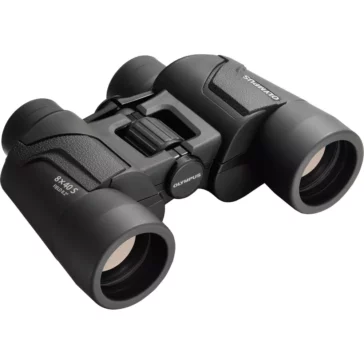

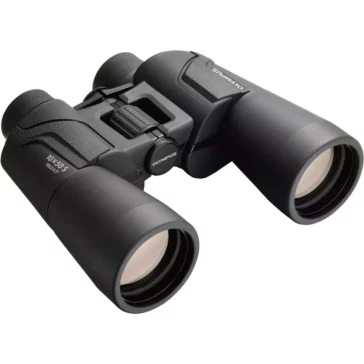
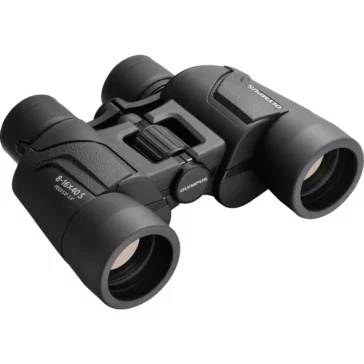
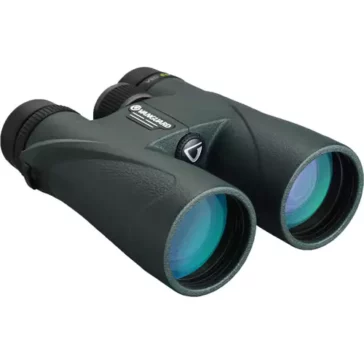

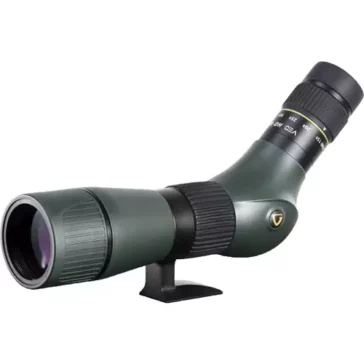



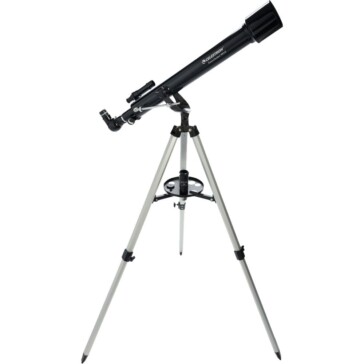
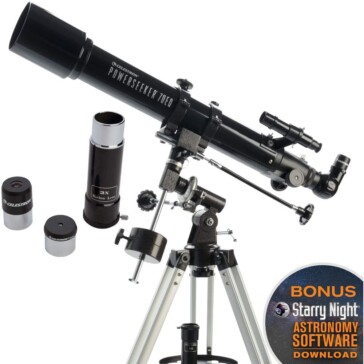
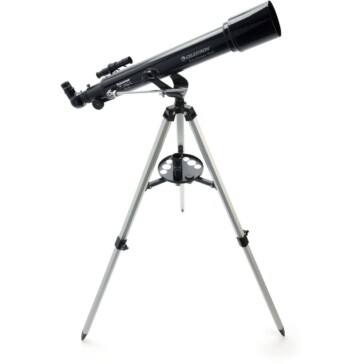
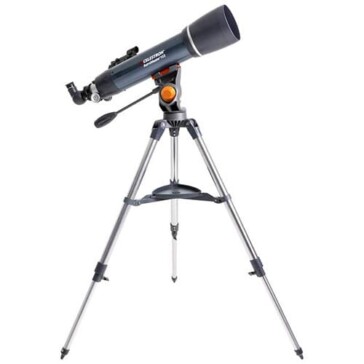
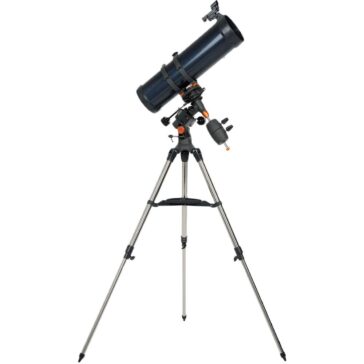
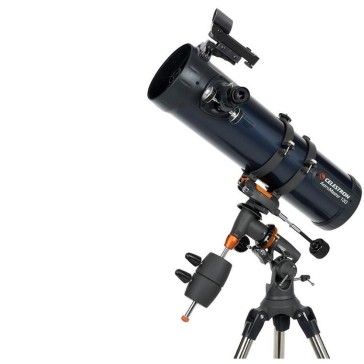
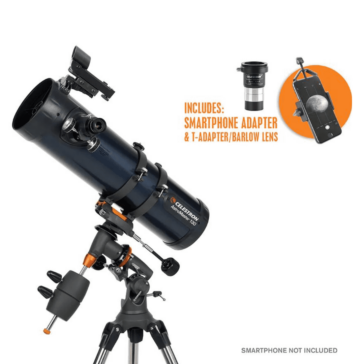
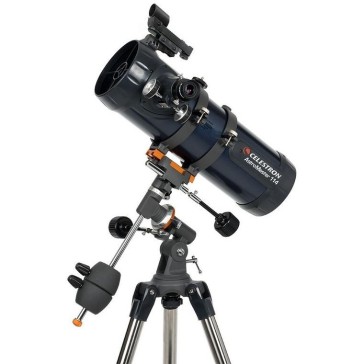
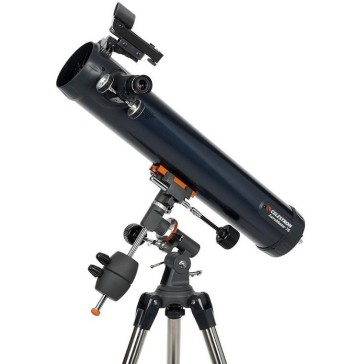
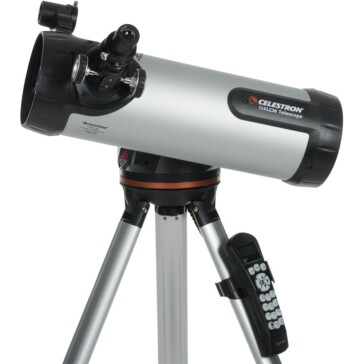
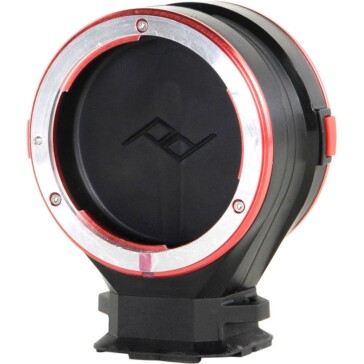


Exploring the Universe: A Guide to Optics, Telescopes, and Binoculars
The universe is vast, mysterious, and full of wonders waiting to be discovered. One of the primary tools that have allowed us to peek into the cosmos are optical telescopes. These instruments, along with binoculars, have revolutionized our understanding of the stars, planets, and galaxies.
Optical telescopes make use of lenses and mirrors to collect and focus light from distant objects. This allows astronomers and enthusiasts alike to observe celestial bodies that are billions of miles away. There are two main types of optical telescopes: refracting and reflecting. Refracting telescopes use lenses, while reflecting telescopes use mirrors.
Binoculars, on the other hand, are essentially two small telescopes mounted side by side. They are perfect for stargazing, bird watching, and other terrestrial observations. The advantage of binoculars is that they provide a 3D view, making objects appear more lifelike.
One of the challenges faced by optical telescopes is light pollution. This is why many observatories are located in remote areas, away from city lights. Optical telescopes work better in space, free from the Earth’s atmosphere, which can distort the light from stars.
In recent years, advancements in technology have led to the development of optical telescopes in space. These space-based telescopes provide clearer images and can observe wavelengths that are not visible from the Earth’s surface.
Whether you’re an amateur astronomer or a seasoned professional, the world of optics offers endless possibilities. From exploring the craters of the moon to witnessing the birth of stars, optical instruments like telescopes and binoculars are your gateway to the universe.
Optical telescopes work by collecting light from distant objects using a combination of lenses and mirrors. This light is then focused onto a point, producing an image that can be observed or captured. The larger the telescope’s aperture, the more light it can gather, allowing it to observe fainter objects.
Using optical telescopes in space eliminates the challenges posed by the Earth’s atmosphere, such as light pollution and atmospheric distortion. Space-based telescopes can observe in wavelengths that are blocked by the atmosphere, providing clearer and more detailed images of celestial objects.
Mountain tops are ideal locations for optical telescopes because they are above a significant portion of the Earth’s atmosphere. This reduces the effects of atmospheric distortion and light pollution, allowing for clearer observations of the night sky.
Refracting telescopes use lenses to gather and focus light, while reflecting telescopes use mirrors. Reflecting telescopes tend to be more versatile and can be made larger than refracting ones, allowing them to observe fainter objects. However, refracting telescopes can provide sharper images for certain observations.



Most units are shipped same day using professional courier services with tracking.
We work round the clock to ensure you get the highest level of customer satisfaction.
Well packed, Sealed Units are shipped from our warehouse which are waterpoof & sturdy.
Design Info
GST: 27AYUPJ2628P1ZK
No.1, Saremals, Shastri Hall Building,
Nana Chowk, Grant Road West,
Mumbai 400007, Maharashtra, India
New Delhi Branch – South Ex 2, 110049
Also Ships DAILY from Brisbane, Dubai,
Berlin, Barcelona, Detroit & Vancouver.
Connect online / schedule a demo
Call/WhatsApp: +91-9699976817
Email: [email protected]
Live Chat: Business Hours
Follow Us: @designinfo.in
Copyright © 2014-2022 Design Info All Rights Reserved. Feedback on web experience
Since 1969